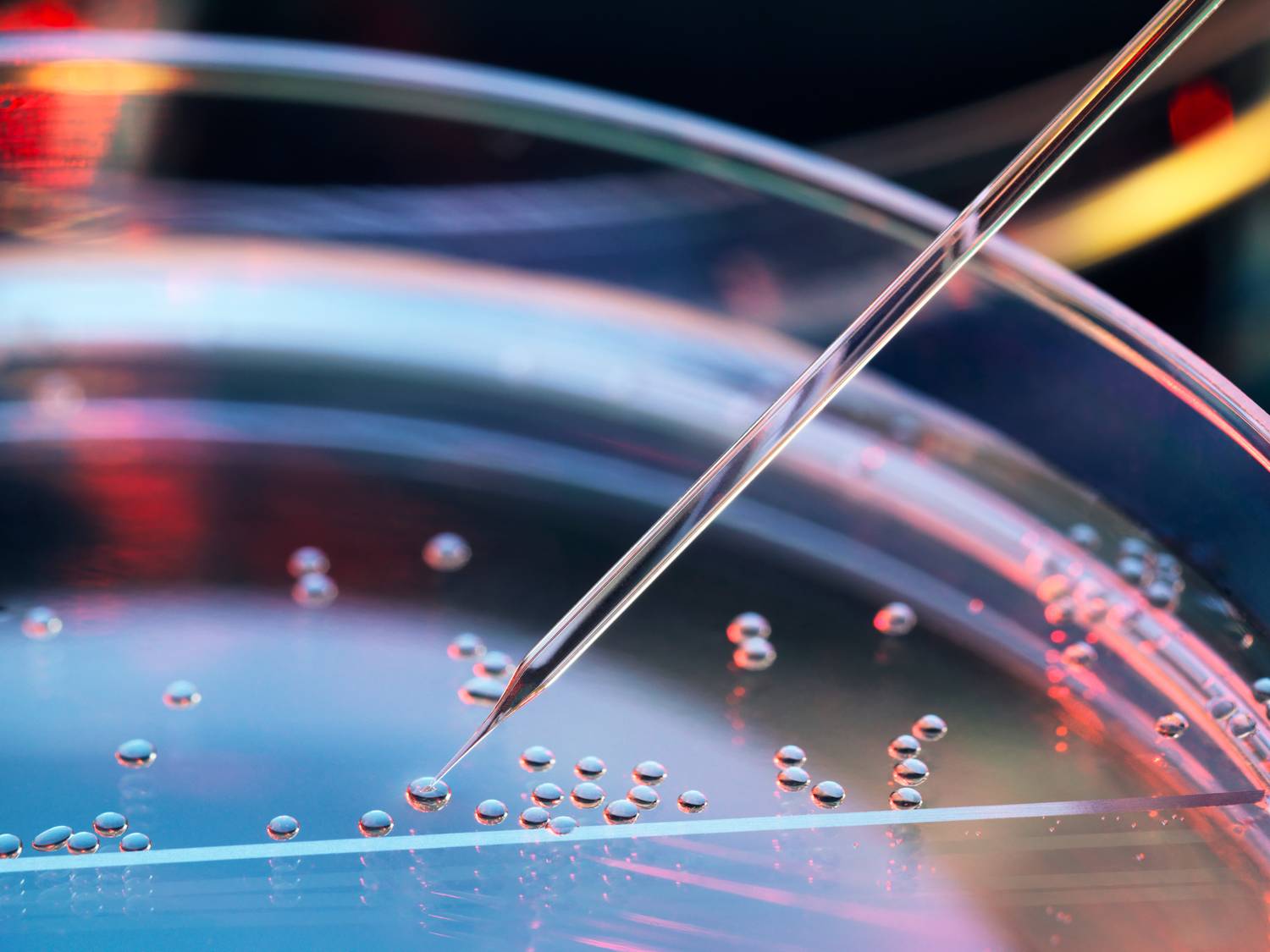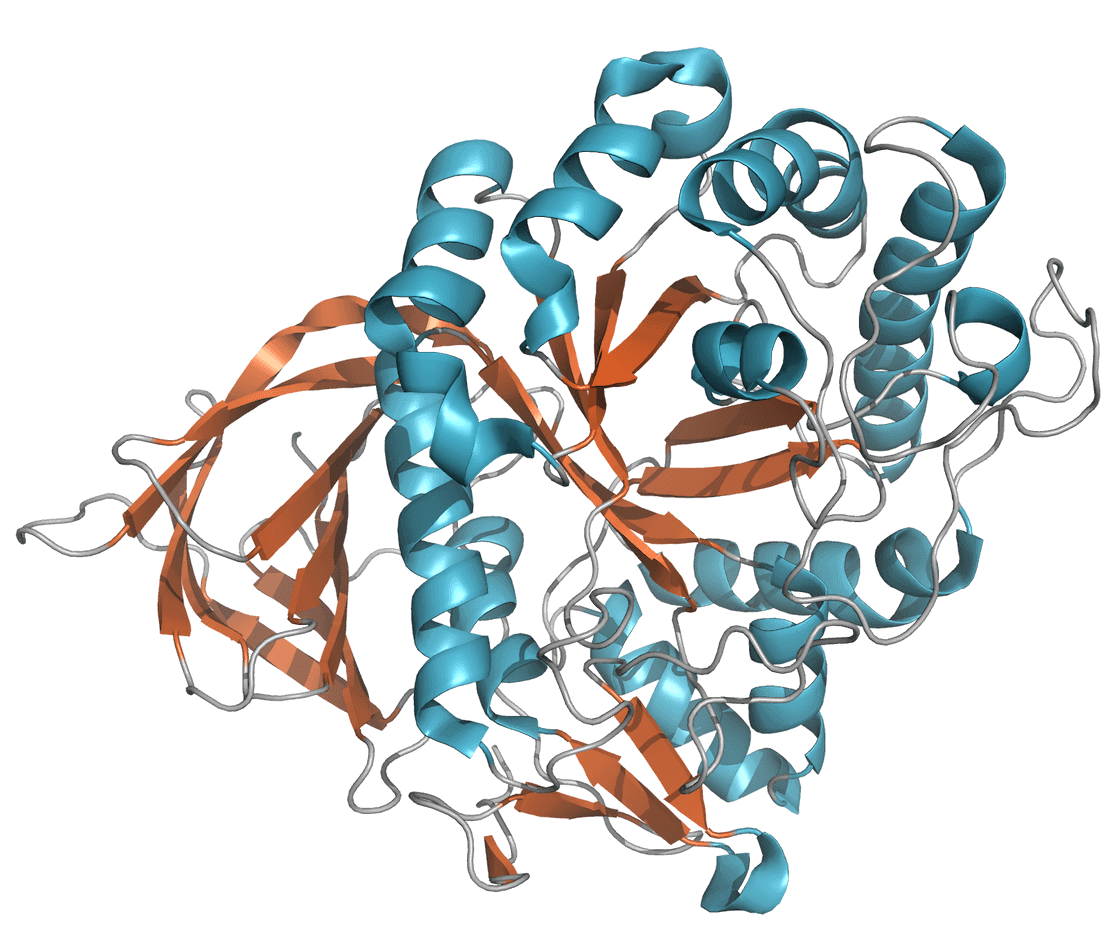Our Programs /
Toward a new standard of care

Developing a best-in-class treatment for Gaucher disease
Even with current treatments, many people living with Gaucher disease type 1 still experience debilitating symptoms. These treatments also carry lifelong burdens and represent a significant, chronic spend for the healthcare system.
Our gene therapy candidate, avigbagene parvec (FLT201), is designed to not only help reduce symptoms but also stop or even reverse disease progression, potentially changing the course of the disease with a single dose.




The transformative potential of avigbagene parvec
Avigbagene parvec uses our rationally engineered GCase enzyme, GCase85, which offers a dramatically longer half-life compared to the wild-type enzyme delivered by ERT. This means more enzyme stays in the body longer, penetrating deeper tissues to more effectively reduce toxic substrate buildup. With avigbagene parvec, the idea is to provide the body with a constant and durable supply of GCase.
The GCase85 enzyme is delivered to liver cells via our proprietary adeno-associated virus (AAV) capsid. Our capsid is highly effective at transferring genetic material to liver cells, which allows for higher levels of expression at lower doses. The liver then acts as the body’s own manufacturing plant producing GCase85 enzyme that moves into the bloodstream and is picked up by cells throughout the body.
In preclinical studies, avigbagene parvec has outperformed the ERT standard, demonstrating greater residence time in disease-affected tissues and organs, penetrating deeper tissues, including bone and lung, that are poorly addressed by ERT, and achieving an overall greater reduction of the toxic lyso-Gb1 accumulation in key disease-affected tissues.




What’s next
Avigbagene parvec is currently in a Phase 1/2 clinical study that has generated promising early data. Results to date from the ongoing study show that a single infusion of avigbagene parvec has been well tolerated and has led to reductions in lyso-Gb1 accumulation. The data also suggest the potential for improvements in bone health, pain and fatigue, and maintenance or improvements in hemoglobin, platelets, and organ size.
Based on these data, we plan to move forward into a Phase 3 trial.
